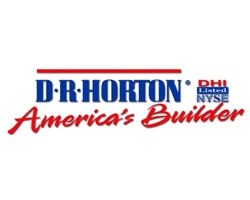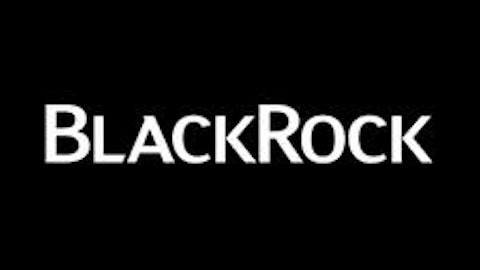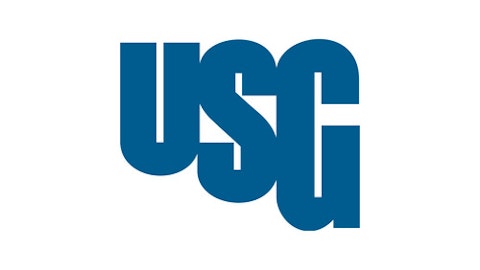The U.S. housing market today is full of confusing contradictions. Housing prices are rising, but sales are dropping – yet homebuilders can’t build houses fast enough to meet demand. In this article, I will explain why things aren’t as disconnected as they appear, and why today’s big builders may present some of the market’s best investment opportunities.
Let’s examine D.R. Horton, Inc. (NYSE:DHI) the largest U.S. homebuilder in closings, and compare it to three of its largest industry rivals – Lennar Corporation (NYSE:LEN), PulteGroup, Inc. (NYSE:PHM) and NVR, Inc. (NYSE:NVR) – to see how big builders are thriving in today’s market.Last November, U.S. home prices rose 5.5% from the previous year, its largest annual gain since August 2006. However, existing home sales slid 1%, because sellers and buyers are at odds regarding pricing. Sellers didn’t want to sell at the bottom, while buyers were still looking for discounts.

This imbalance between supply and demand locked out a lot of potential buyers, who were looking to take advantage of historically low mortgage rates. This disconnect has created a fertile market for new homebuilders. Rather than settle for expensive pre-owned properties, buyers are now focusing on new constructions instead.
In December, the demand for new homes increased 12% from the previous year. As a result, homebuilders are now unable to increase production fast enough to meet demand, due to labor shortages and increased competition in popular locations. The improving job market has also been a key factor in boosting the demand for new housing.
Despite the strong demand for new homes, increasingly stringent lending standards are locking out potential buyers. Federal regulators recently introduced new lending rules, in an attempt to increase the confidence of both borrowers and lenders.Now let’s take a look at D.R. Horton, the largest homebuilder in the United States in terms of recent closings, and the third largest in market value. It operates in 26 states and 77 metropolitan areas. It also operates a financial services arm, DHI Mortgage, which provides buyers with mortgages and title agency services. This setup, where a builder both builds homes and helps finance them, is the standard business model.
D.R. Horton strongly grew its top and bottom lines in the first quarter, easily topping analyst expectations.
| 1Q 2012 | 1Q 2013 | 1-year Growth | |
| Home Building Revenue | $884.3 million | $1.2 billion | 35.7% |
| Financial Service Revenue | $21 million | $41.9 million | 195.0% |
| Earnings | $27.7 million | $66.3 million | 139.3% |
Source: D.R. Horton’s 1Q 2013 Report, Author’s Calculations
That incredible double and triple digit growth is a testament to the strong demand for new homes. In fiscal 2012, the company sold 18,890 homes. D.R. Horton’s net sales orders increased 60% from the prior year quarter, and its backlog of contract homes rose 62%. The value of its net sales orders rose 60% to $1.3 billion, while its backlog value surged 80% to $1.8 billion.
Let’s see how D.R. Horton measures up fundamentally to its rivals – the three other largest homebuilders in the United States.
| Company | Forward P/E | PEG (5 yr.) | Price to Sales | Price to Book | Debt to Equity | Return on Equity (ttm) |
| Lennar | 18.43 | 4.22 | 1.90 | 2.27 | 125.90 | 18.00% |
| PulteGroup | 14.80 | 3.55 | 1.57 | 3.45 | 120.95 | 9.99% |
| D.R. Horton | 15.88 | 4.62 | 1.56 | 2.03 | 71.79 | 31.76% |
| NVR | 13.83 | 1.55 | 1.55 | 3.35 | 40.77 | 12.65% |
| Advantage | NVR | NVR | NVR | D.R. Horton | NVR | D.R. Horton |
Source:Yahoo Finance
Based on price to earnings and sales valuation, it appears that NVR is the cheapest. However, D.R. Horton is the cheapest based on its price-to-book ratio and past ROE performance. It’s also worth noting that big builders increase take on a lot of debt to expand, since their financial arms often act as first party lenders.
But sometimes the stock’s fundamentals don’t tell the whole story. We should take a look at the next set of charts, which compare the revenue and earnings growth trajectories of these four competitors.
Revenue slid sharply due to the housing crisis and subsequent aftershocks, but all four homebuilders began posting positive revenue growth in mid-2011. But what about actual profits?
Notice how the diluted EPS growth chart only starts around the third quarter of 2012. Prior to that, the four companies all posted negative earnings. On this scale, however, D.R. Horton’s growth is the least impressive. D.R. Horton’s strengths include its comparatively lower debt levels, strong past performance and low price-to-book ratio. However, its earnings growth, crimped by operating margins, are the least impressive of its industry peers.
Investing in big builders such as D.R. Horton is a smart move, despite the run-up in their stock prices. However, investing in this industry is a macro play as much as it is a micro one. If you firmly believe that the U.S. job market is improving, interest rates will stay low, and the standoff between pre-owned sellers and buyers will continue, then D.R. Horton and its peers deserve a place in your portfolio.
The article The Battle of the Big Builders originally appeared on Fool.com and is written by Leo Sun.
Copyright © 1995 – 2013 The Motley Fool, LLC. All rights reserved. The Motley Fool has a disclosure policy.





